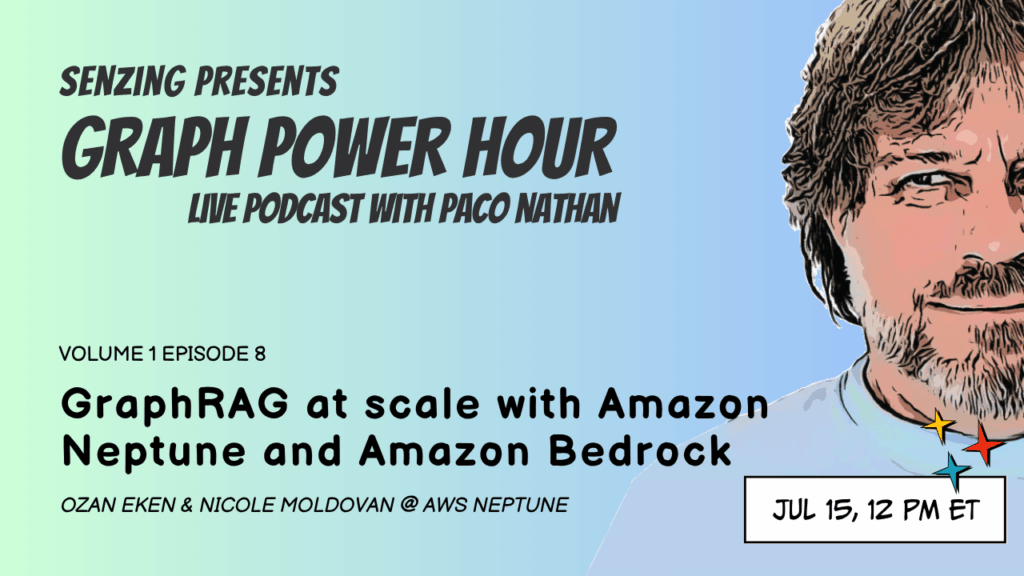How Real Time Deletes Improve Entity Resolution Accuracy
Does your entity resolution system handle changes to entity data in source systems in real time? Or are you curious about learning how real-time deletes improve entity resolution accuracy? You’re in the right place. Watch this video as Jeff Jonas discusses why full attribution and data tethering are essential for real-time updates and ensuring your entity graph is up to date.
When a system supports full attribution, it means that you know where every record in the entity index came from. Full attribution enables you to do data tethering, or updating an entity-resolved graph whenever there is a change or delete to source records without reloading.
With full attribution and data tethering, your organization can make better decisions based on the most accurate data. Do you have Smarter Entity Resolution®? If not, reach out to one of our knowledgeable experts anytime.
Video Transcript
Timestamps
0:00 Intro
0:34 Full Attribution Entity Resolution with Data Tethering
1:18 Real-Time, Continuous Entity Resolution
Hi, Jeff Jonas, founder and CEO of Senzing.
I want to talk a little bit about how to improve entity resolution accuracy and specifically, something we call full attribution. Full attribution enables something called data tethering. Let’s discuss how difficult and important it is to be able to do deletes.
So, I want you to imagine this. Here’s a source system and here’s all these records and they’ve piled in over here. Some technologies are a loss process where they turn three records into one and you can’t figure out what parts were glued together.
0:34 Full Attribution Entity Resolution with Data Tethering
Senzing is a full attribution engine, meaning every record in our entity index knows exactly from where it came from. When you do that, you can enable data tethering. That means every change or delete to a source record can, in real time, update the record inside of the Senzing data store, the Senzing index, and modify the shape of the graph based on what it just learned. This is really important.
I’ll just give you a few reasons. Let’s say it’s a watch list and you’ve got a passport number on there that’s been fixed. How long do you think you should go with the wrong passport? Who might be unnecessarily affected? Or let’s use deletes. Somebody gets deleted off of a watch list. They didn’t belong on the watch list. How long should you wait before you take it out of there?
1:18 Real-Time, Continuous Entity Resolution
Real-time entity resolution in real time finds the record. [Data tethering] not only takes it out but undoes any collateral effects of [entity resolving] that record.
Other batch-based systems periodically have to be reloaded. Okay, maybe if it’s a small database, you can batch reload daily, but organizations with bigger databases [would need to batch reload] weekly or monthly.
Do you think it’s fair [if] somebody gets deleted off of a watch list and it takes a month before it’s been corrected? That’s a privacy point [and] a civil liberties point. It’s something that at Senzing we think is really important. I’ll give you another example. Some states have a Clean Slate law where certain kinds of felonies get expunged off your records. When they get expunged, you have access to the voting process and employment. So, if you have a list of expungements – which are deletes that affect people’s privileges in society – how long do you think you should wait before you can fix those?
At Senzing we would say: why don’t you just fix those in real time? We think that’s fair. It’s a key Privacy by Design (PbD) point. You should have this in your entity resolution engine.




